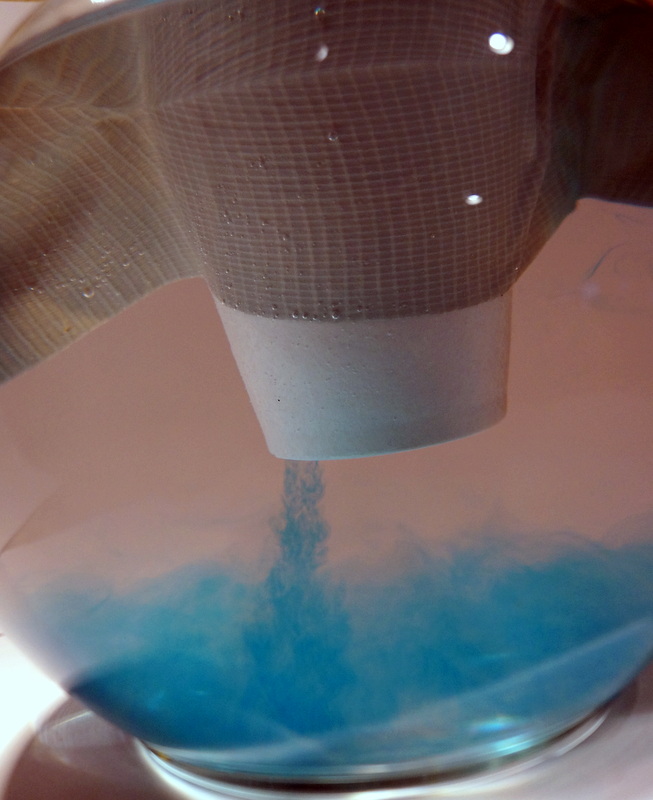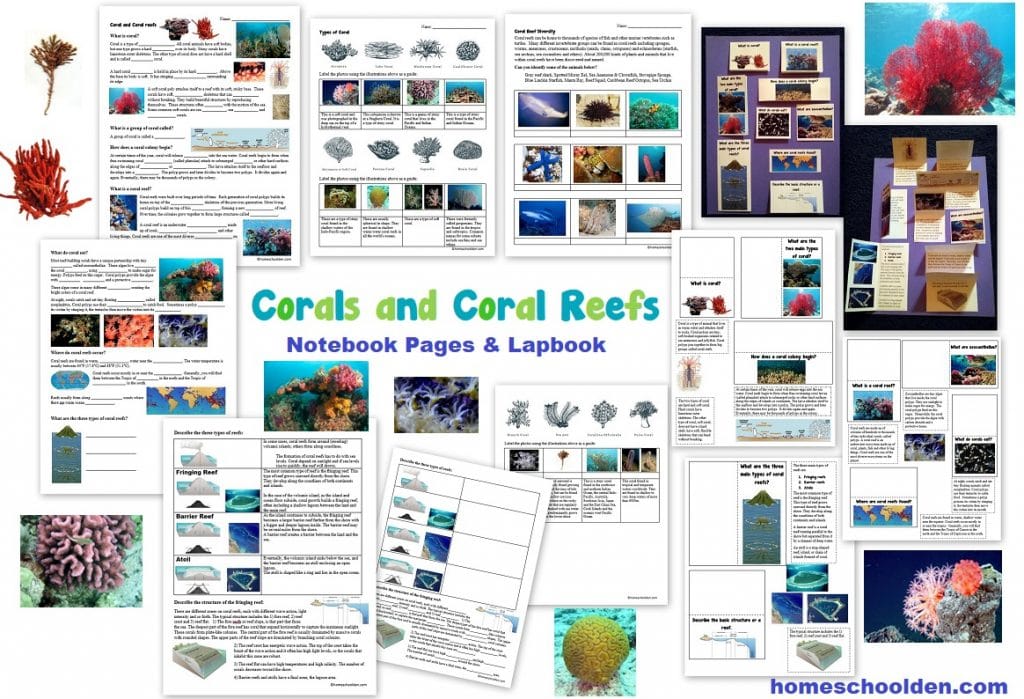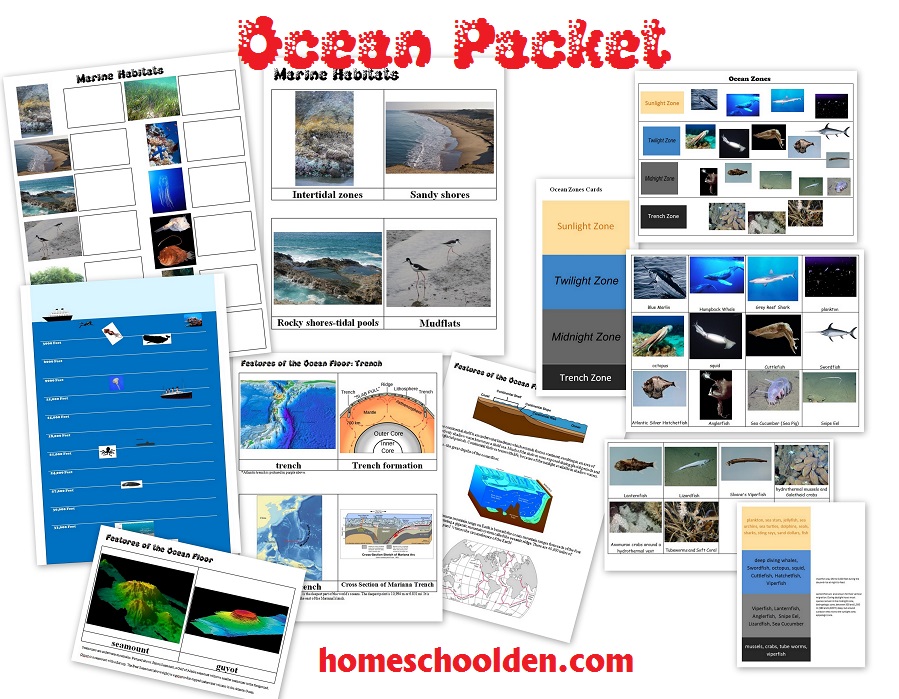Surface Currents vs. Deep Sea Currents: Ocean Unit

We’ve been continuing on with our ocean unit. Ocean currents are affected by water density — salinity and temperature. We talked about salinity a week or so ago. Last week, we talked how temperature affects water density and movement. Let me share a couple of our activities:
For our first activity, you need a paper cup or water bottle, duct tape, dye, and a clear plastic container (or glass bowl). You’ll need warm water and ice as well.
We did this activity twice. The first time we used a clear glass bowl and a paper cup.
The paper cup was taped to the side of the bowl making sure that the cup was well above the water line. We filled the glass bowl with warm water. Then we carefully poured cold ice water into the cup. We took a meat skewer and poked a hole in the bottom of the cup.
The second time we did this activity, we had a different purpose in mind. Instead of looking at the density of the cooler water, I wanted the kids to understand how water can flow in two different directions like surface currents and deep currents do in the ocean.
This time we used a huge plastic container with warm water. We poked a hole in the bottom/side of a plastic bottle and temporarily plugged it with a bit of clay. We filled it with blue ice water. Then we attached the bottle to the side of the plastic bin. One of the kids took off the plug. The cool blue water once again streamed out (as long as the water was higher in the plastic bottle). The kids then took a straw and gently blew a piece of tin foil in the opposite direction along the surface of the water.
We talked about how surface winds can move the water in one direction, while deep in the ocean the water might be flowing slowly in another direction!

Ocean Unit Resources: For this unit, we are using a number of books from the library, but the main spine for our unit is our large 100+ page Ocean Packet which will be available at some point soon. It is well over 100+ pages at this point and keeps growing as I add in this-and-that! It covers marine habitats, ocean zones, ocean features, tides and other topics. ~Liesl
In addition, we are watching the amazing documentary Blue Planet: Seas of Life (affiliate link) which is also available to watch on Amazon Prime.
You may be interested in our other Ocean Unit Posts:
- Ocean Unit: 5 Salinity Activities & Why the Ocean is Salty
- Ocean, Seas and Straits – Pin Map Printable
If you have younger kids you may be interested in the ocean activities we did when they were preschool and early elementary age:
- Ocean Animals and Their Groups
- Ocean Activities: The Ocean Zones, Layers of the Ocean
- Ocean Activities – diorama
Disclosure: Please note that some of the links in this post are affiliate links, and at no additional cost to you, I will earn a commission if you decide to make a purchase.
See you again soon here or over at our Homeschool Den Facebook Page. Don’t forget to Subscribe to our Homeschool Den Newsletter! ~Liesl

























































